|
A colleague came by to visit my classroom last week to check out the centers approach, and sent a few follow up questions. We agreed to do a blog interview, so that others could also engage. Enjoy!
VWQ: I just want to say I LOVED being in your class today. Such good things happening. I especially loved helping the students who had to count the number of people in a newspaper and then count how many of those were people of colour and then write the fraction/ ratio to describe people of colour to total people in the newspaper. Also with women. Way to slip in the Social Justice. ;) VT: Thanks, it was a pleasure to have you in -- I always like to have visitors in my room because it forces me to re-examine my teaching, and think about my instructional choices. (Not to mention, an extra adult in the room to interact with students is always a nice resource!) Yes, I am always trying to find ways to sneak in Social Justice. Some units lend themselves better to it than others... Data Management provided an excellent platform, for example. Sometimes people think that only LASS teachers can address issues of social justice and human rights in an authentic way. One of my goals this year was to find authentic ways to embed equity issues into the math curriculum. I'm still working on it! VWQ: I was hoping I could ask a few more questions about the math Centres... My 7 s and 8s have been exploring fractions through paper folding. I asked them to record their work on a device, to make a record of the activity, and as a way to build in technology. I think this video might be the best one yet... except you have to pause it to read anything! :) But I love how they included a tricky part, and explained how that helped them move their thinking forward -- Press "play" below, and enjoy.... Many teachers at our school have been sharing videos, stories and rich conversations to spark critical thinking with their classes in preparation for Day of Pink on April 8, 2015. Our VP recently sent around some YouTube videos, "What Would YOU Do?", filmed by a news outlet in the US, as a resource to spark conversations with our grade 6, 7 & 8 students. One of these videos is shared below. It is approximately 14 minutes long, and features a lesbian couple (actors) out for a meal at a restaurant with their two children (also actors), and a homophobic waiter (also an actor). It is interesting to see what unfolds.... I suggest spending some "before" time to get students attuned to the bigger themes in the video. Two "before" questions I might ask my students are the following:
Then I would show the first 8 minutes or so of the video: After pausing around 8 minutes, I would ask students:
Following this, I would show my class the second half of the video, and then allow them to consider/write about/discuss these questions:
As a sequel to the two-part activity above, I might show the following video, in order to demonstrate how students can take a stand against injustice. To enrich the conversation further, I would definitely spend some time facilitating a conversation with students about "Pink Shirt Day" (which addresses bullying more broadly) and "Day of Pink" (which specifically address homo- and trans-phobic bullying.
For some teachers, getting started with class discussions about social justice and equity can be tricky. I hope this blog post offers a helpful resource for the LGBTQ context, and I welcome comments and anecdotes about how the conversation goes in your class! Being the harshly opinionated person that I am, one of my great challenges professionally and personally is suspending judgement. It's only gotten worse with age: It seems the smarter and more educated and experienced I become, the more judgemental I am!!! Ugh! I am therefore very grateful to my colleague in Grade 8 who presumed positive intentions when I recently asked about a math problem she had presented to her class, and which I hoped to use with my own class. Behold, the Mangos Problem, in its original form: Though delighted by the math, the equity advocate in me railed against the hierarchy in the problem: What was all this talk of Kings and palaces and servants?! To make matters worse, as my partner pointed out, in a problem like this, it was necessary to recall the order of things in order to solve the problem, so the sexist, classist structure was actually being reinforced!!! I immediately set work re-wording the problem, and even put it into a format with which I could experiment with some new technology. Behold: Eager to share my brilliance with my colleague, but cautious about offending her, I carefully asked if she'd be open to a conversation about her mangoes problem. This afternoon, the opportunity for said conversation arose, as we were on a planning 1/2 day to discuss our research project. First my colleague shared an incredibly powerful lesson on deconstructing "beauty", using the "golden ratio" and some common media images. Surprised by her insight into social justice when it came to women, power and body image, I used that discussion as a segway into the Mangoes Problem. Wow, did she ever surprise me! Without skipping a beat, she launched into an explanation of how she almost always creates "problematic problems" to encourage students to think about both the math and the "other" stuff that comes with it. In the case of the Mangoes Problem, she used the story structure to discuss the concept of hierarchy with her students, and to encourage them to question the hierarchy implicit in the classroom. ("I am not the keeper of the knowledge", she tells them, and encourages them to challenge the traditional teacher-student power structures, and take on more ownership of their own learning.) I was very impressed. And then I returned to Classflow, and reworded the problem back to the original text!  Originally this post was going to be about how I turned a culturally crappy math problem into a culturally proficient one, isn't Ms. Teschow so fabulous? Instead, it turned into a blog post about Ms. Teschow eating humble pie. Again. As as unit launch for fractions, decimals, ratios and percents, I had students work in groups with square sheets to paper on this low floor/high ceiling task. As a way to capture student thinking while integrating technology, I asked one student from each group to record the group's work using Flipagram. Two of the results are below: I'll be honest; I was hoping for more descriptive communication (using fraction-specific vocabulary!) to accompany the photos, however, it was our first time using the tool formally in class. I'm also discovering an interesting phenomenon that intermediate students don't seem to like the sound of their own voices, and so are reticent to record their thinking using the audio feature of the app!
And, let's be honest, these 40-minute periods are killer: By the time students get to class and get settled, there simply is not time to embark on such grandiose adventures! Nevertheless, it was a step outside my comfort zone (which means I grew a bit!), and I do think some of the students enjoyed using the technology to document their group's work. Next time, I would spend more time brainstorming success criteria for what makes an effective Flipagram, and then have students work in pairs to complete the task and record their work. Finally! After approximately 40 hours of "extra-curricular" work, the Fractions unit is complete! I'm starting to get the hang of this centers-based unit planning and assessment thing, I think... this time I'm combining the new assessment/feedback templates I developed last time with our emerging understanding of a centers-based approach to teaching/learning. I'm also listening to students and families (mainly from one of the several classes I teach) who are telling/showing me they want more accountability and scaffolding to work independently. To this end, I've developed a "learning passport", which students will use to track their progress through the various centers in this unit, and which they will show both me and their families at least three times over the course of the unit. I'll also begin this unit with a little more classroom management review and practice of procedures to ensure transitions to and between centers are smoother than they have been for some students previously.
The study of fractions in the Grade 7 & 8 Curriculum is often combined with an understanding of decimals, ratios and percents. We'll do that, but focus primarily on Fractions, since that seems to traditionally be the area of greatest need (GAN) for students, as identified by the Ministry of Education. Primary resources for this unit include the curriculum, some resources from Marion Small and the Math Makes Sense textbook, as well as the Ministry's Math CLIPS resource and TIPS4M. Our Learning Goal: We will understand that fractions can represent parts of wholes, parts of sets, parts of measures, division or ratios. We will see that there are many ways to represent fractions and different procedures for computing with fractions, just as with whole numbers.
Students will be assessed initially through a series of "minds on" activities, including a partnered Kahoot, and Jo Boaler's paper folding exercise (which I intend to have students work on in groups, and get one student from each group to record on a device), and observation as they complete these tasks, to see areas of strength and areas for focus. Following this there will be an opportunity for students to work at their centers over several weeks, while I and other teachers in my room support students in small groups or individually as needed. Assessment will include teacher observation of work at centers as well as during group problem solving classes, individual conversations/conferences with students, two quizzes, and a culminating task: a digital "Fractions Portfolio" of sorts.
Hope you enjoy this unit. Feedback is welcomed, and any teachers interested in getting the full unit materials, including quizzes, culminating task, Mango problem ppt and other lesson ppts, bring me your data stick and an unsweetened bubble tea, and it's all yours!!! ;-P
One of my professional goals this year has been to become more confident with technology, and in particular, the growing concept of "BYOD" in schools ("Bring your own device").
As I've discovered, BYOD is a bit of a mixed bag: In one of my classes, about 70% of students have a device; in the others, it's closer to about 15%. So, the ideal I had imagined of 2:1 correspondence is not a reality. Also, I myself was having trouble envisioning use beyond quick access to online resources, so how was I going to sell the concept of BYOD to families were themselves not convinced of its value? For starters, I'd not seen technology modeled particularly effectively in any classroom context, other than possibly the use of an Interactive White Board, which my colleague and I spent most of the year learning to use as part of a math and tech research project a few years ago, and which I would not say we've become experts in (and also, my current classroom does not boast such an one). And when I took some online classes this year, I could not seem to move myself beyond the "wow, cool" mindset and into the "hey, I could actually DO this in my classroom" frame of mind. Finally, though, I partnered with my instructional coach to build a short Kahoot into a data management lesson we co-taught a few weeks ago. Student engagement was extremely high, and through the emotional connections made to the limbic system, retention was also high; I was able to refer back to that lesson often as an example to illustrate a concept relevant to the unit. So I made sure to build a Kahoot or two into my upcoming unit on Fractions (to be posted soon -- still putting on the finishing touches). But I wanted more. I wanted to use technology to collaborate on mathematical thinking. One thing my colleague and I discovered during our "Smart Bansho" research project a few years back was that the document camera/Smart Board combination we had cobbled together did not allow for the sort of student solution sharing we had hoped for. Could other technology possibly be more effective in this regard? One of the apps I am learning about through various workshops and self-directed PD I am participating in this year is called "ClassFlow". I decided to create a ClassFlow lesson to share a fractions problem I hope to do with my Grade 7 and 8 students in the coming weeks. My plan is to share the problem through class flow, have groups work on it on their devices (only one per group needed!), and then share and debrief solutions as a class. I have to say, the darned app is not intuitive, at least not for an old crow like me! Creating a pretty slide deck was easy enough, but figuring out how to get "students" (in testing my girlfriend and a mutual friend of ours) to be able to annotate slides and for me as the teacher to be able to access and see said slides became a problem that boggled my mind for a good three days!!! In the end, though, I think I have figured it out. We shall see what transpires.... I know students are engaged with their devices. Although it's slow slogging for me to learn how to do so effectively, I know it's part of my job as their teacher to show them how these tools can be used to foster collaboration and thinking. Integrating technology has to be more than just quick access to the Internet -- we've got to re-imagine instructional possibilities and redefine the pedagogically possible as we use technology not for babysitting, but for new learning opportunities. Waterfront Toronto recently released five design proposals for the Ferry Terminal and surrounding area. As they are currently on display in the rotunda at City Hall, I took one of my kids to see them over the March Break. The designs are creative and -- in some cases -- provocative. As my partner commented when we got home that evening, "whichever design they choose, it will be an improvement over what's there now!" Agreed. But my kid and I still picked the same one we like the best! Although we were intrigued by the slotted roof and market place idea in the Civic Canopy proposal, we were both drawn most to Harbour Landing, an organic, Toronto-friendly design by the KPMB-West 8-Geenberg Team... We loved the idea of a hilly park that extended over top of the canopy of the ferry terminal. Continuing a summer walk above while others bought ferry tickets below just seems so multi-purpose, continuous... and we really liked the pools, too. The mock-up and panels for this proposal gave us a good feel for how it might turn out. The design seems authentic and unpretentious. We could see ourselves there, buying tickets to the Island. All five designs are on display here, as is a survey. Check out the proposals, and provide your feedback: You can't complain about the result if you don't give your input when invited!
Most impressive thing about the Aquarium, I thought, was the large, female Octopus! She was draped all over her tank when we arrived before 9 a.m. on Wednesday, having been recently prodded away by an Aquarium employee with a long stick from her smaller, newer, male counterpart in the adjoining tank. (Apparently they sometimes eat one another in the wild!) Also pretty neat, though, was the "conveyder belt" tank, as Simon likes to call it, with sharks and the like swimming all about. Fortunately, none of the sharks ate him for lunch. My real favourite, though, were the sting rays... they were social, swimming up to the edge of the tank to say hello to their many admirers. But only a very few came close enough to the surface to allow themselves to be petted. "Glubby", was how Simon and I described the texture.
|
About Vera...After writing for several teacher and multiple birth publications, including ETFO's Voice Magazine, Multiple Moments, and the Bulletwin, Vera turned her written attention to prolific blogging for some years, including BiB, "Learn to Fly with Vera!" and SMARTbansho . Homeschooling 4 was her travel blog in Argentina. She now spends more time on her Instagram (@schalgzeug_usw) than her blog (pictures are worth a thousand words?!)
DISCLAIMER
The views expressed on this blog are the views of the author, and do not necessarily represent the perspectives of her family members or the position of her employer on the the issues she blogs about. These posts are intended to share resources, document family life, and encourage critical thought on a variety of subjects. They are not intended to cause harm to any individual or member of any group. By reading this blog and viewing this site, you agree to not hold Vera liable for any harm done by views expressed in this blog. Categories
All
Archives
August 2023
|
||||||||||||||||||||||||||||||||||||||||||
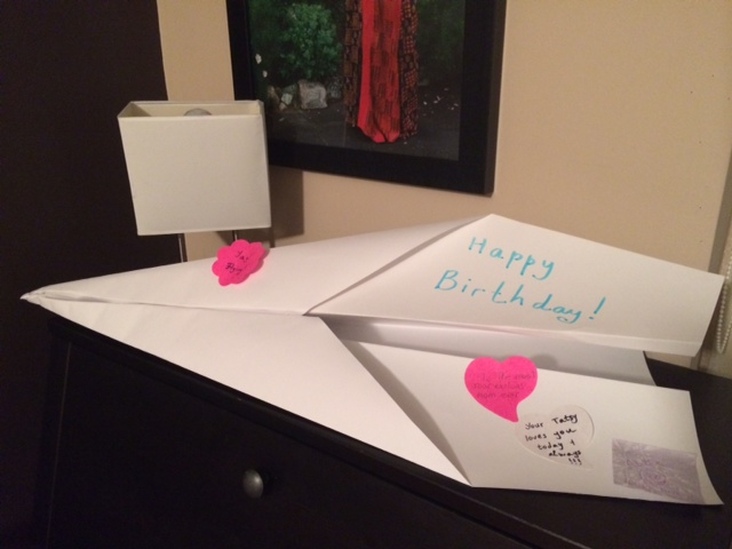
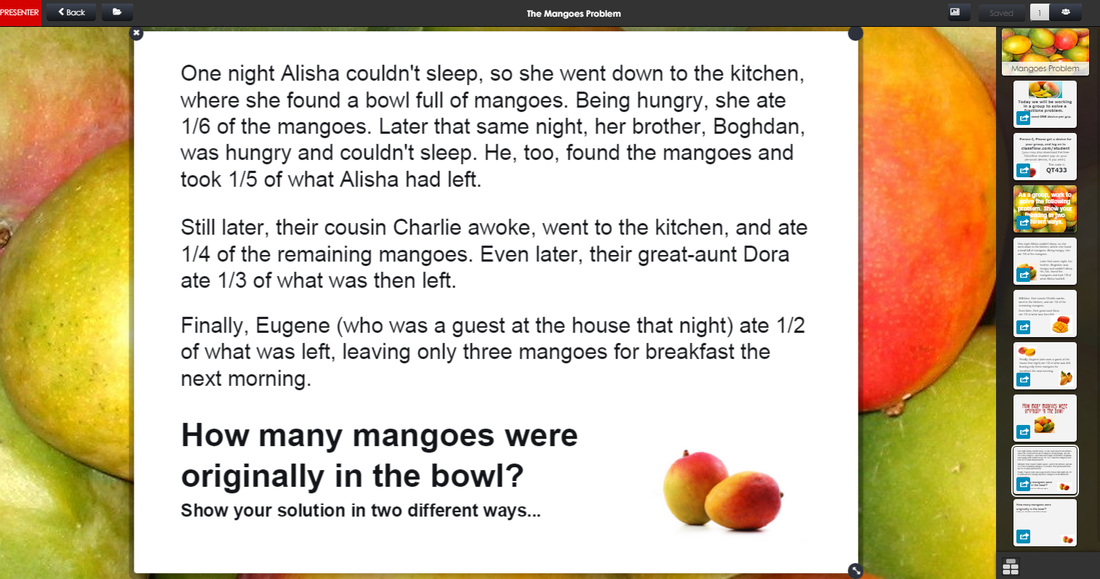
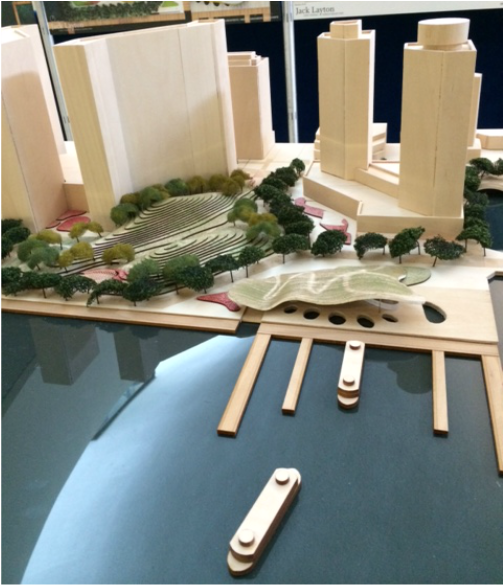

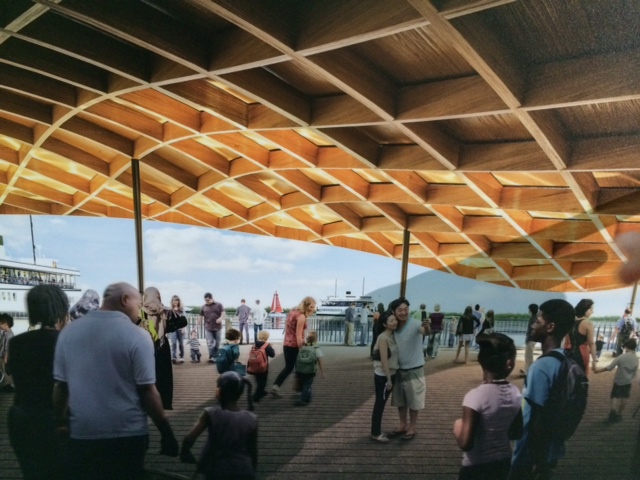




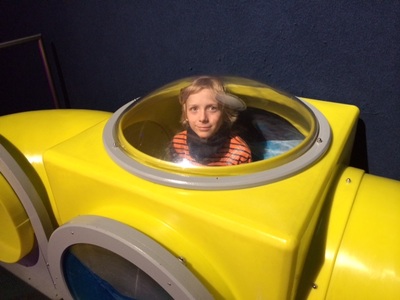



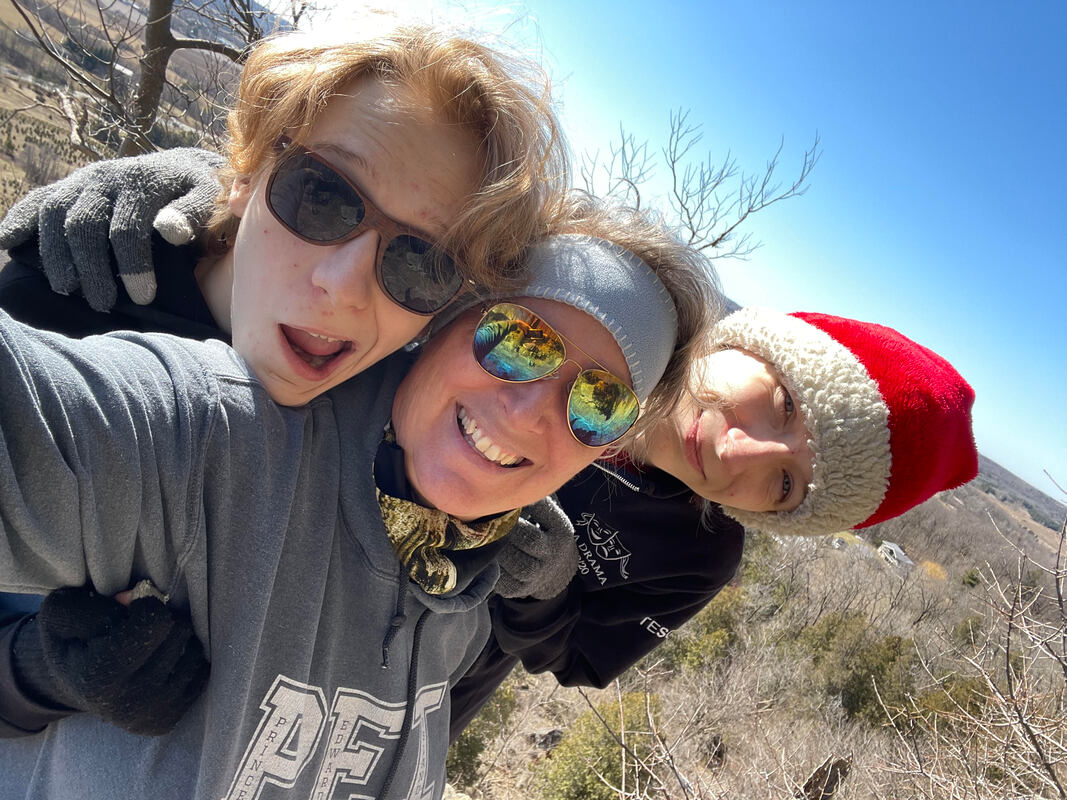
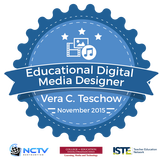
 RSS Feed
RSS Feed